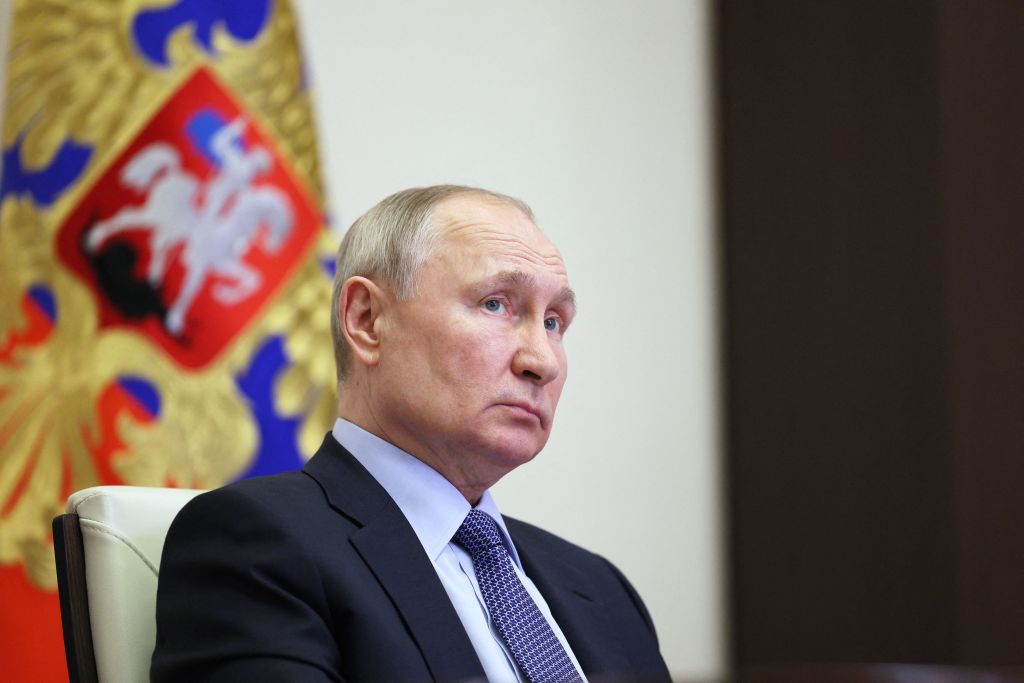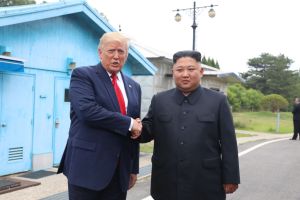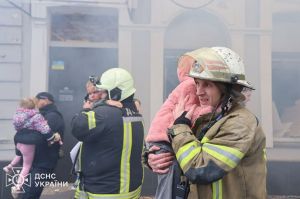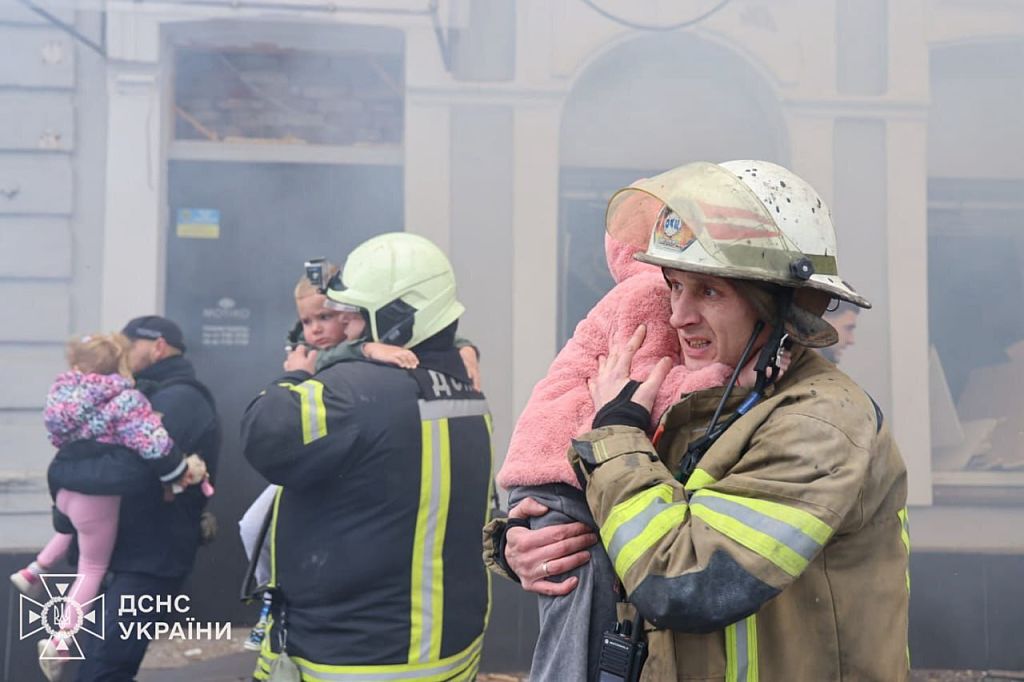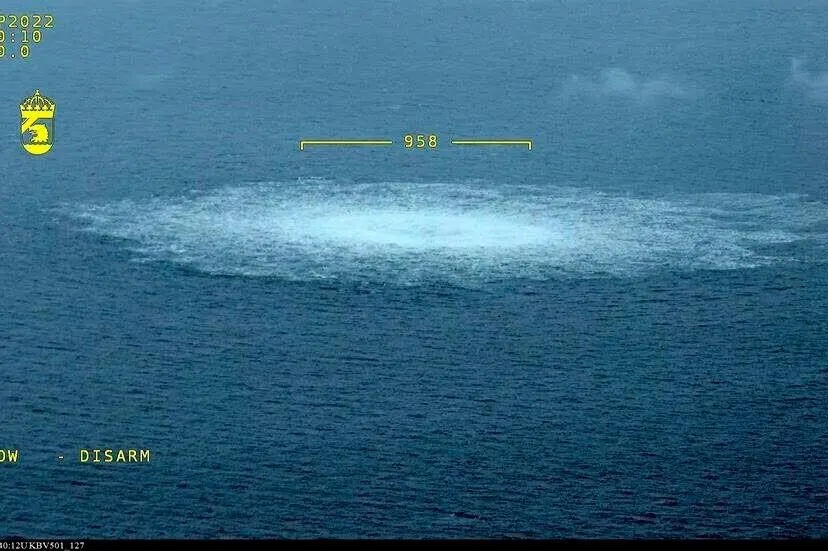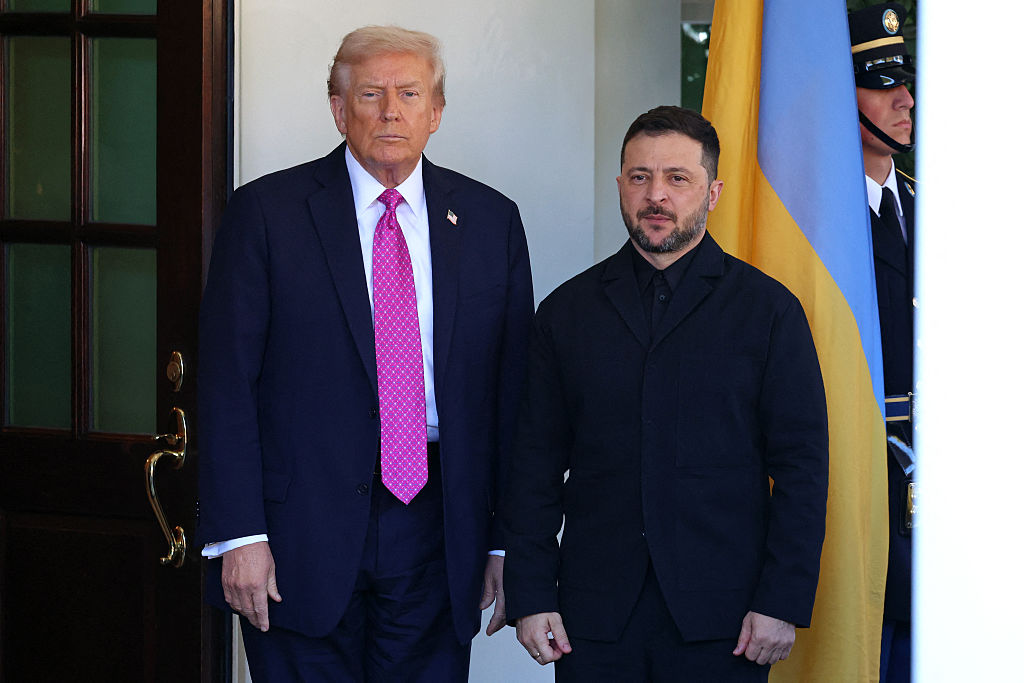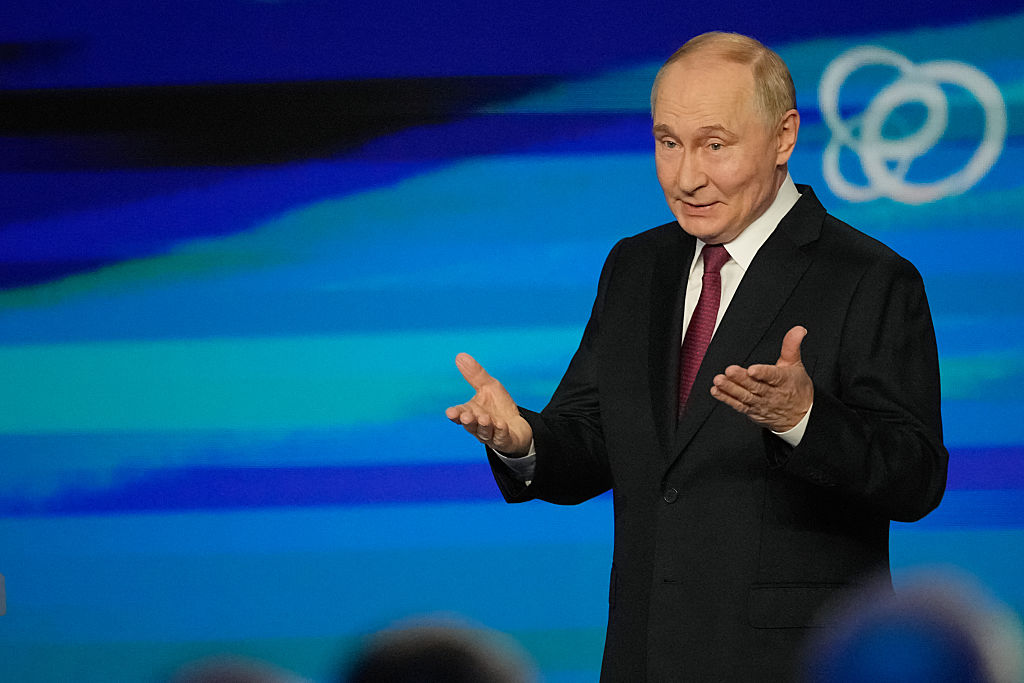The Ukrainian counteroffensive has duly started and, needless to say, there is a rush to judgment. It is going to play out over the coming weeks, even months, though, and at present we are still working off partial and often deceptive information. But, while there is relatively little one can say about the events unfolding on the battlefield, there is more to be said about the way they are being spun.
After weeks of diversionary actions and then days of feints and probes, the fighting has begun in earnest. It is focused on the rubbled ruins of what were once Bakhmut, the towns of Avdiivka and Marinka towards the city of Donetsk, and in the south, at Lobkova and Orikhiv, towards the crucial transport hub of Tokmak. The last of these appears to be the main focus of the fighting as Kyiv, as predicted, tries to cut through the “land bridge” corridor connecting Crimea to the Russian mainland. Although most of Ukraine’s reserves are still awaiting deployment, the particular presence of modern Western-supplied Leopard 2 tanks to this southern front does underline its importance.
Zelensky is expecting success but playing it cautious; Putin is pretending confidence but anticipating the worst
So far, the results are inconclusive, but not unexpectedly so. Kyiv’s forces have made progress in a number of places, not least in flanking Bakhmut, but, to be blunt, this is a political more than strategic objective. Everyone is, of course, spinning for all they are worth, though. Footage of a couple of advanced Leopard 2A6 tanks and a slew of US-made Bradley infantry fighting vehicles knocked out by Russian mines and missiles has been doing the rounds on social media, for example. But this says nothing other than that modern warfare is dangerous and even the newest armour is vulnerable.
All we can say at this stage is that the Russians’ morale seems more robust than some had expected — although it will be tested when and if the Ukrainians can make serious breaches in their defensive lines. Russia’s airpower has also been more visible and effective than in the past. At the same time, the Ukrainians still have most of their modern units in reserve and have been proven in the past to be quicker and better at improvising their plans to respond to the challenges and opportunities of the moment.
On June 9, the Ukrainian General Staff claimed that in just twenty-four hours, they had inflicted 1,010 casualties on the Russians, as well as destroying ten tanks, thirty-eight artillery pieces and thirteen drones. Not to be outdone, Russian defense minister Sergei Shoigu announced that in the first three days of fighting, the Ukrainians had suffered 3,715 casualties and the loss of fifty-two tanks, forty-eight artillery pieces and fifty-three drones. These figures should, of course, be taken with considerable caution, not least as both sides are also engaged in complex political calculations.
Ukraine’s Volodymyr Zelensky has sought to balance optimism and realism, noting the “tough fighting” but warning against easy expectations of a quick victory: “There are results and I am grateful to those who achieved these results. Well done in Bakhmut. Step by step.”
There is a sense in Kyiv that while the expectation is that there will be substantial territorial gains by the end of summer, to be too upbeat might be to take the pressure off the West for yet further assistance. When the Pentagon announced this week plans to provide another $2.1 billion in materiel, especially air defense systems including more Patriot and older and shorter-range Hawk missiles, a Ukrainian diplomat told me, “That’s great; time to move onto the next item on the shopping list.”
Likewise, Vladimir Putin has accepted that “for sure this offensive has begun,” because Kyiv had deployed its reserves, but claimed — rather prematurely — that “Ukrainian troops did not achieve their goals in any sector.” Nonetheless, he acknowledged that they retained “significant offensive potential.”
In his case, it is not just that he is trying to convey confidence to a Russian population increasingly rattled by the war, especially as the Belgorod region continues to be raided and shelled with little real effort being deployed to protect it. (Moscow seems to have decided, with pragmatic ruthlessness, not to rise to the bait and let a few hundred pro-Kyiv Russian troops force a redeployment of forces from the line.)
Putin is also distancing himself from the war he launched and continues to micromanage. When he said that “I presume the Russian military leadership is assessing the developing situation, and will act based on these realities in planning our actions for the future,” he was near enough staking his own high command out as sacrificial victims should things go badly.
This is not going unnoticed. Putin continues to refuse to do his job and settle the ongoing and increasingly vicious struggle between Wagner’s Yevgeny Prigozhin and Shoigu and the regular military, which led to the kidnap and beating of a lieutenant colonel. Combined with this, it is raising inevitable questions not just about Putin’s capacity to manage his own cannibalistic system, but also his own expectations. If Zelensky is expecting success but playing it cautious, the implication is that Putin is pretending confidence but anticipating the worst.
This article was originally published on The Spectator’s UK website.



